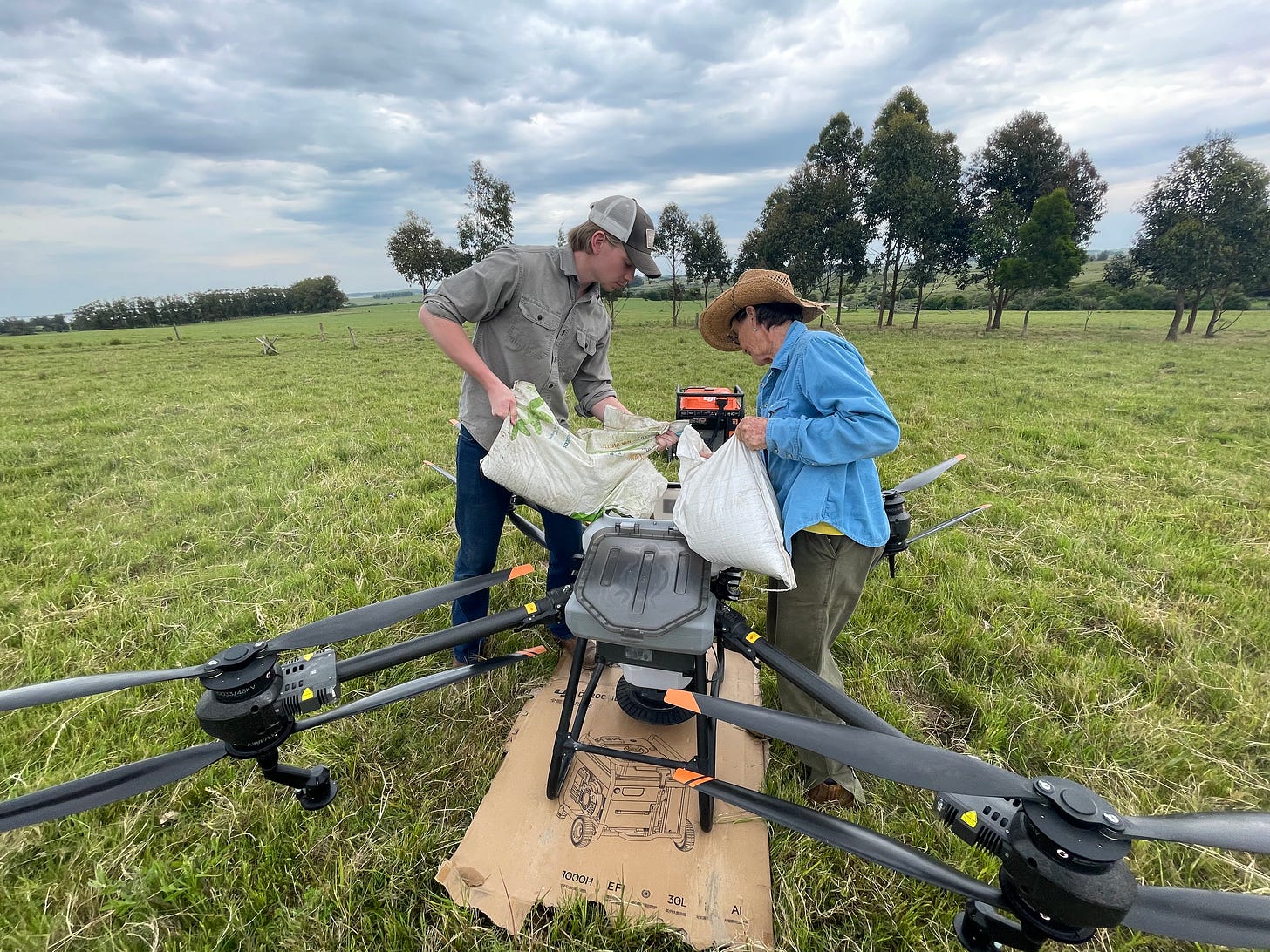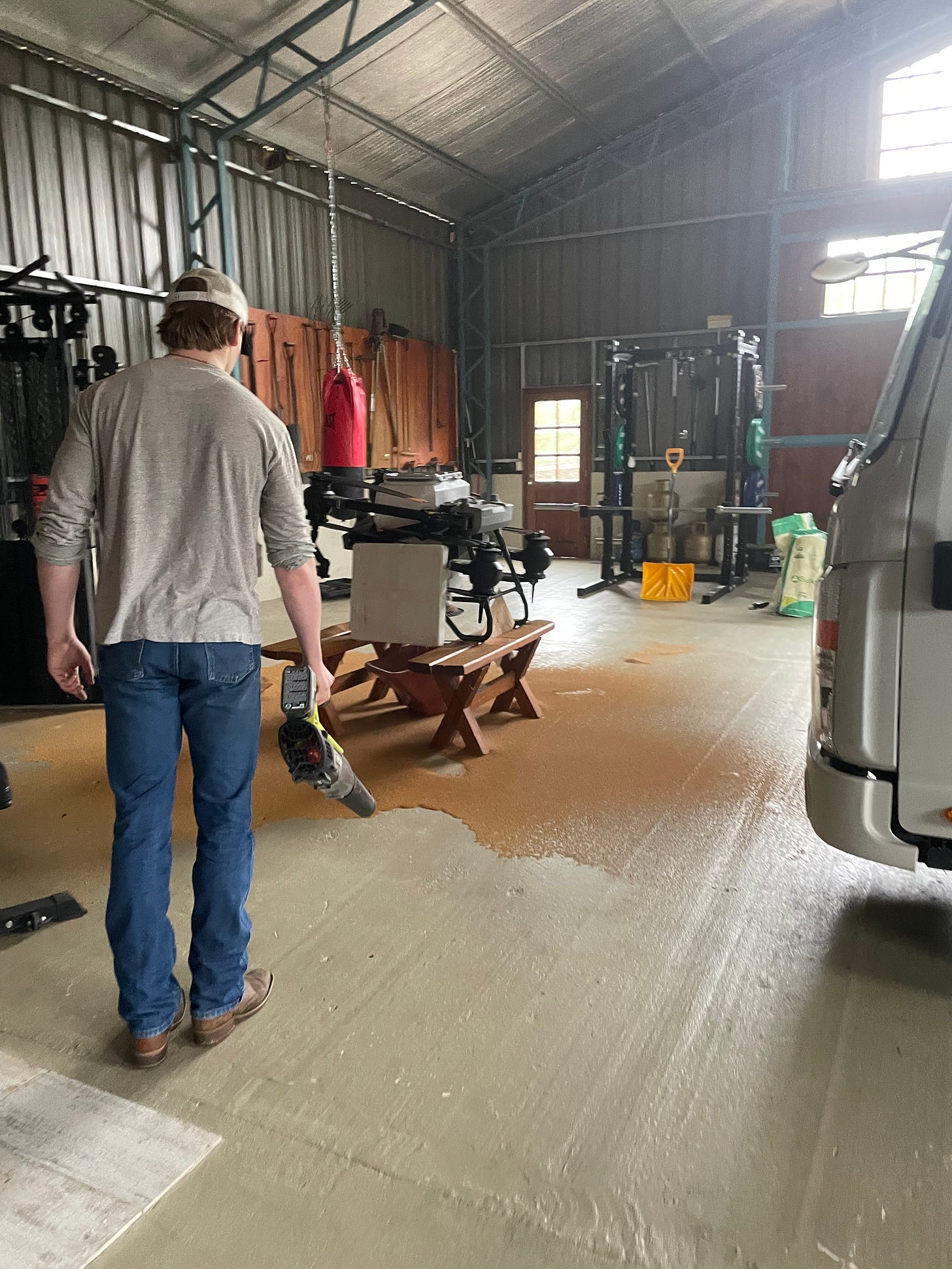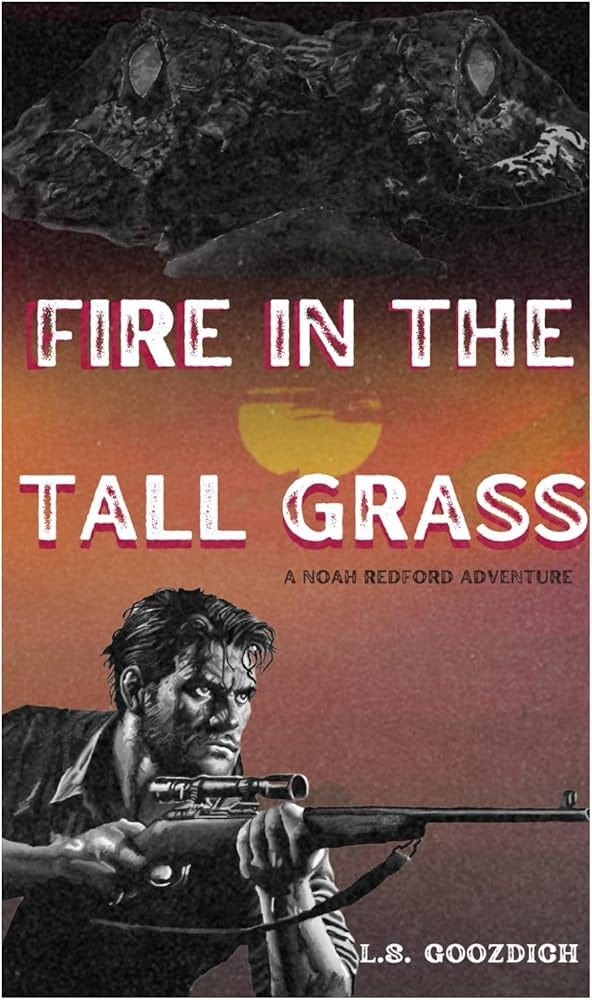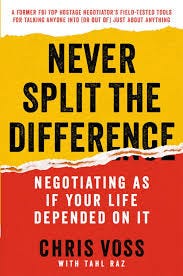Monday, October 27th, 2025
Writing to you from Uruguay
Standing in the field—controller in hand—and not wanting to look up out of embarrassment for my failure was…rough.
The plan didn’t work.
She was all hyped up about the work I could do for her. I even did a free multispectral mapping of her property to show her just how impressive this technology really is. The drone (Mavic 3M) takes thousands of pictures over a parcel of land using the several multispectral cameras mounted to it. Each camera captures a different wavelength of light.
Grass emits different wavelengths of light depending upon where in its growth cycle it is. And, depending upon the quality of the grass, it holds more or less chlorophyll — which is essential for photosynthesis and is closely tied with nitrogen soil content.
The drone can capture all of this. Giving you insight into the quality of your grass and soil.
When she saw the map (and the further proof of her own good work on her ranch) she was wanting me to use the bigger T40 agricultural drone to seed part of her land.
Now, you’ve gotta understand, this woman is an impressive and highly knowledgable rancher. Someone who’s connected to many others in the Uruguayan agricultural community. She’s wise, stubborn, and detail-oriented — not someone you want to disappoint.
But, she’s also kind and encouraging. In fact, she is the first “customer” for my agricultural drone company.
“How many kilos of seed do you want the drone to spread per hectare?”, I asked.
“Oh let’s do 3 kilos”, she replied back to me.
I had no problem spreading granular phosphorus on our own land, so how hard could this be? The day had come to seed her property and I was ready. We dumped 10 kilos of white clover and 10 kilos of velvet grass into the drone and were getting ready to finish what should have been a quick job.
Before clicking the Start button on the controller screen I saw an option to choose the material spreading type: Granular fertilizer, Rice…and a few other options along with a button to calibrate the hopper to spread a new type of fertilizer/seed.
Well, this is where the first mistake was made…
Instead of doing a quick calibration for the tiny grass seed, I picked the material type closest to the small grain we would be spreading. The drone went up in the air and within 30 seconds there was a problem. It was spreading way too much seed — 10 kilos per hectare instead of 3.
Even after trying to recalibrate the drone midair it was still spreading too much. Soon, the 35 kilos of seed she had for me to spread over 13 hectares were gone after only 3 hectares.
Standing in the field—controller in hand—and not wanting to look up out of embarrassment for my failure was…rough.
I went over to her and immediately apologized, saying that I would buy more seed for her, come back, and finish the job after recalibrating the drone. Thankfully, she made no big deal of it and said that that would work.
Mistake #2
First thing the next morning I headed to an agricultural store closest to us to buy more white clover and velvet grass for the rancher.
The one thing I absolutely had to do was properly calibrate the drone to spread the seeds before going to her ranch the next day. So, with the help of my girlfriend, we moved the drone, poured 20 kilos of seed into it, and started the calibration.
What I didn’t know was that the drone, in order to adjust the flow rate of the hopper, would spray the seed at max speed and volume.
This was the aftermath…
Seed sprayed all over the floor, into my lungs, got stuck in my hair…it was a mess. But, we picked it all up, cleaned the barn, and learned a new lesson. Seems like you never really learn any lesson the easy way.
But, the good news was that the drone was now properly calibrated — meaning that there shouldn’t be any more problems the following day.
To the Finish Line
We met the rancher back at her ranch to finish the seeding. The weather was good, low winds, and the ground was still moist from heavy rains the day before.
For a few minutes we had the mandatory (but good) small talk that gets rid of all formalities and gets down to the real stuff. Somehow we got on the topic of Peru and Machu Picchu, and this is where she told us that her uncle was essentially the scribe for the man who discovered Machu Picchu — Hiram Bingham III.
5 minutes of conversation is all it takes to learn amazing things from someone.
Also, before getting started, my girlfriend and I helped her move her cows. I’m there to provide value, so I figure that the more value I can provide (even in acts unrelated to the main objective) the better.
We unloaded the equipment from the truck and got started from there.
Let me tell you, this was supposed to be a quick job, but we spent an hour figuring out why the drone wasn’t spraying any seed…then spraying too much. We recalibrated the drone weight to see if that would make a difference, adjusted the spreading speed, and kept trying different things until we finally found a solution in adjusting the spread rate to a level we thought might be too much.
But, it ended up working and was spreading at a rate of about 3 kilos/hectare.
In the end we got it done and it was a success.
Yes, there were lots of failures, enough embarrassment, and I took a loss on the job after buying the additional seed to finish the job, but I learned how to do the job much better for clients in the future.
Despite the major defeat in the beginning the rancher seemed impressed.
Before leaving home that day she told me that she put in a good word for me to some of the other ranchers/farmers she’s connected to. It means a lot and it’ll hopefully lead to gaining another customer or two by year’s end.
An Interesting Conversation
At the beginning of this past week I wanted to get some more details about getting into agricultural drone work (figuring out the details and potential pitfalls) from a competitor of mine — another agricultural drone company in Uruguay.
The man I spoke to, named Aaron, picked up the phone and began giving me “advice”.
For an hour and a half he told me every reason why not to go into the agricultural drone business in Uruguay: Uruguayan employees are terrible and screw things up, the drone and all of its parts are very expensive, and (when a part inevitably breaks) it takes months to get parts from suppliers.
Was he saying all of this to scare off competition?
I don’t think so because all of what he said is true. Plus, he told me that their company moved away from offering seeding/fertilizing/spraying services and mainly focuses on selling drones, drone parts, and drone operator classes.
Why?
Because they had too many issues with employees and a lack of parts for expensive drones that eventually do have issues of one kind or another. So, it’s worth taking all of this into account, but it shouldn’t be a disheartening thing.
The only major thing I foresee as being an issue is the lack of drone parts in Uruguay. Sometimes parts have to be frequently replaced. An “out of the blue” part issue could halt all work.
Electives
Lifting weights (5 out of 7 days)
The Entrepreneur Cycle of The Preparation can leave you being pretty sedimentary for long periods of time. I’ve been pushing harder in my workouts to really get the blood flowing and build muscle. It sucks, of course, but anytime I see a little bit of progress I’m motivated to chase after more. A good workout leaves you feeling physically and mentally better — more prepared for the day.
Guitar practice (6 out of 7 days)
Trying to be consistent with this to build finger strength and muscle memory. I’m trying to decide whether to take the route of continuing to learn individual songs or to focus more on learning music theory in relation to the guitar. Perhaps you might know which road is best to take?
Reading
Finished reading Fire in the Tall Grass by L.S. Goozdich
L.S. Goozdich has been a supporter of mine for a little while. He takes huge inspiration from Louis L’Amour and bases many of his novels on characters similar to those of the Sackett family in a series from L’Amour. I recommend his books. In my opinion, they are great for young teenage boys to read since they set an example for the types of men worth emulating.
Started reading Never Split the Difference by Chris Voss
Just started this book, so I need to formulate my thoughts, but it’s easy to see that this is a must-read for the Entrepreneur Cycle of The Preparation.
Things I Published…and a Podcast
October 21st post to The Preparation Substack page:
October 24th video:
Podcast with Ben from Kontrarian Korner:
Are these updates informative? Are they useful? Entertaining?
Leave a comment below if you’ve got any suggestions or questions for me.
And don’t forget to send this to someone who might benefit.
I’ll see you next week.
-Maxim Benjamin Smith
I am acting as a guinea pig for a program which is meant to prepare young men for the future. This program is designed to be a replacement for the only three routes advertised to young men today - go to college, the military, or a dead-end job.
All of these typical routes of life are designed to shape us into cogs for a wheel that doesn’t serve us. Wasted time, debt, lack of skills, and a soul crushing job define many who follow the traditional route.
This program, which we can call “The Preparation”, is meant to guide young men on a path where they properly utilize their time to gain skills, build relationships, and reach a state of being truly educated. The Preparation is meant to set young men up for success.
What appeals to me about The Preparation is the idea of the type of man I could be. The path to becoming a skilled, dangerous, and competent man is much more clear now. I’ve always been impressed by characters like The Count of Monte Cristo, men who accumulated knowledge and skills over a long period of time and eventually became incredibly capable men.
Young men today do not have a guiding light. We have few mentors and no one to emulate. We have been told that there are only a few paths to success in this world. For intelligent and ambitious people - college is sold to us as the one true path. And yet that path seems completely uncertain today.
We desperately need something real to grab onto. I think this is it.
I’m putting the ideas into action. Will it work? I can’t be sure, but I’m doing my best. I’m more than 60 weeks into the program at this point. So far, so good.
You can follow me along as I follow the program. Each week, I summarize all that I did.
My objective in sharing this is three fold:
Documenting my progress holds me accountable.
I hope these updates will show other young men that there is another path we can take.
For the parents who stumble upon this log, I want to prove to you that telling your children that the conventional path - college, debt, and a job is not the foolproof path you think it is.








This is fantastic Maxim. None of the great inventors/entrepreneurs got it right the first time. You did the right thing and learned a lot with your first customer. I know it hurts but long term I think you will find the lessons learned far outweigh the costs spent in 2X materials.
There's a great essay relevant to what you're facing: Do Things that Don't Scale by Paul Graham. It talks explains the advantages small companies have (like being able to help your customer with the cows) and why you should be optimizing for rate of learning early on. By doing this work and learning directly from your customers, you may discover a bigger or more painful problem you can solve at scale that you didn't see at first.